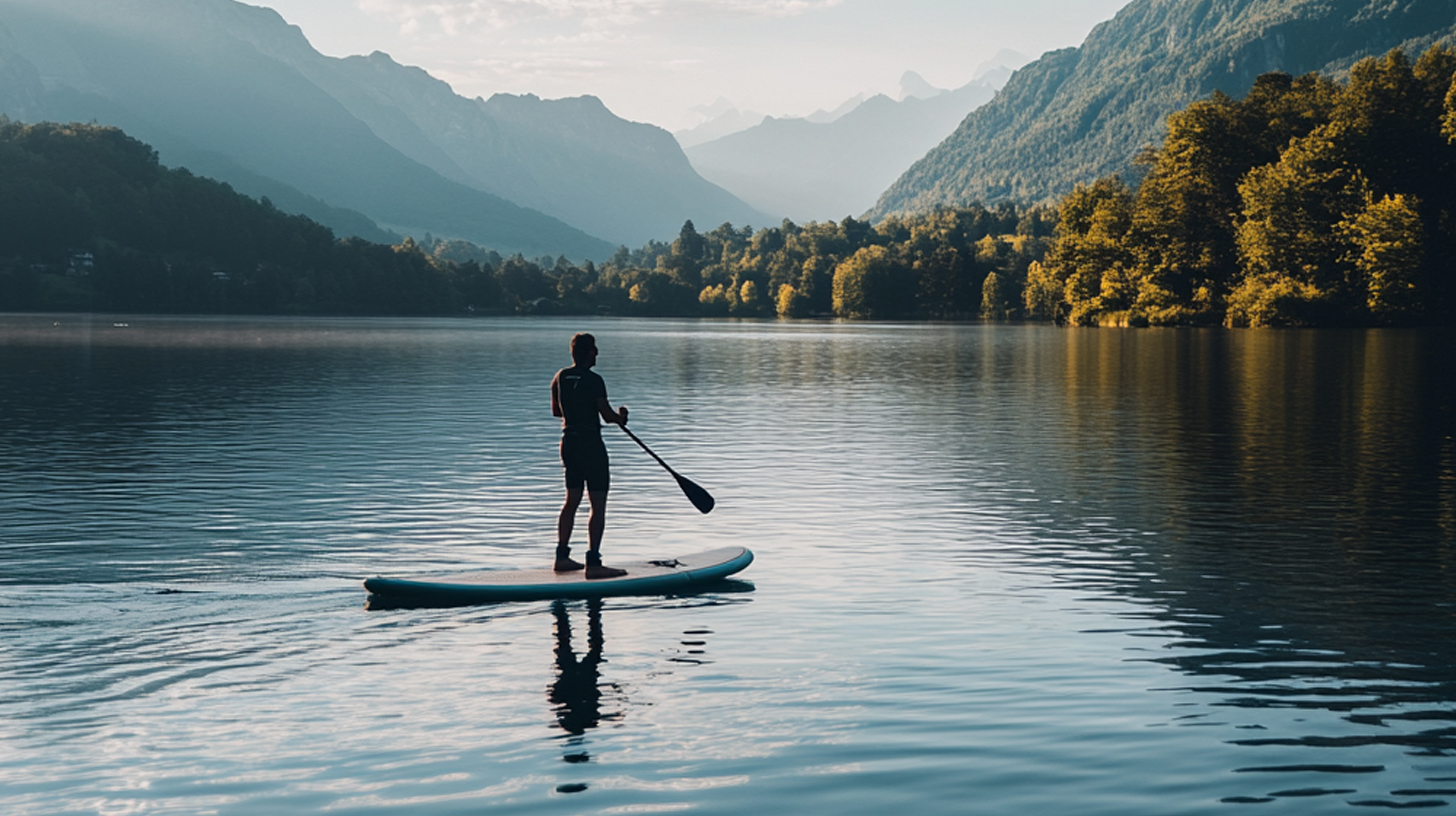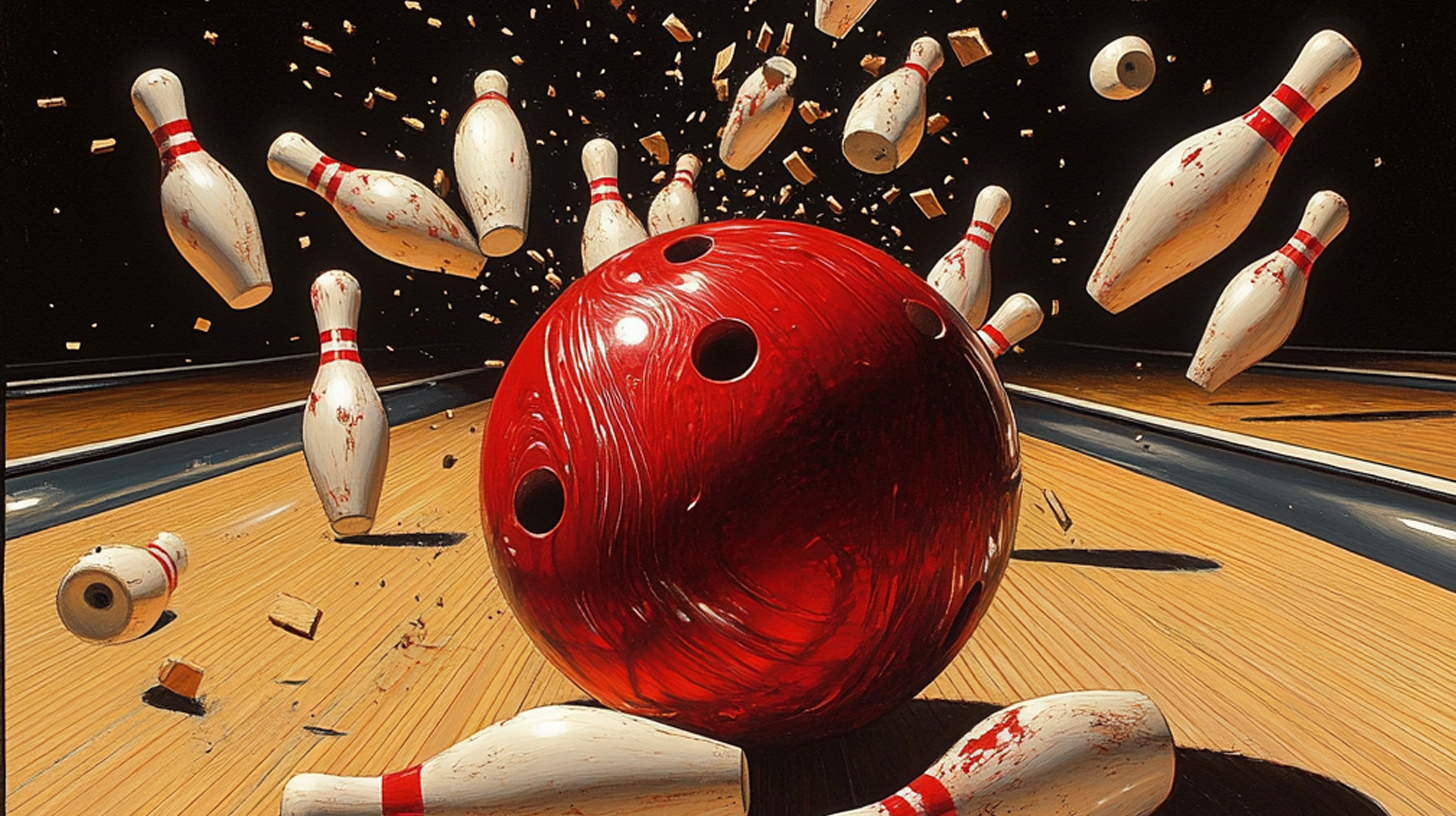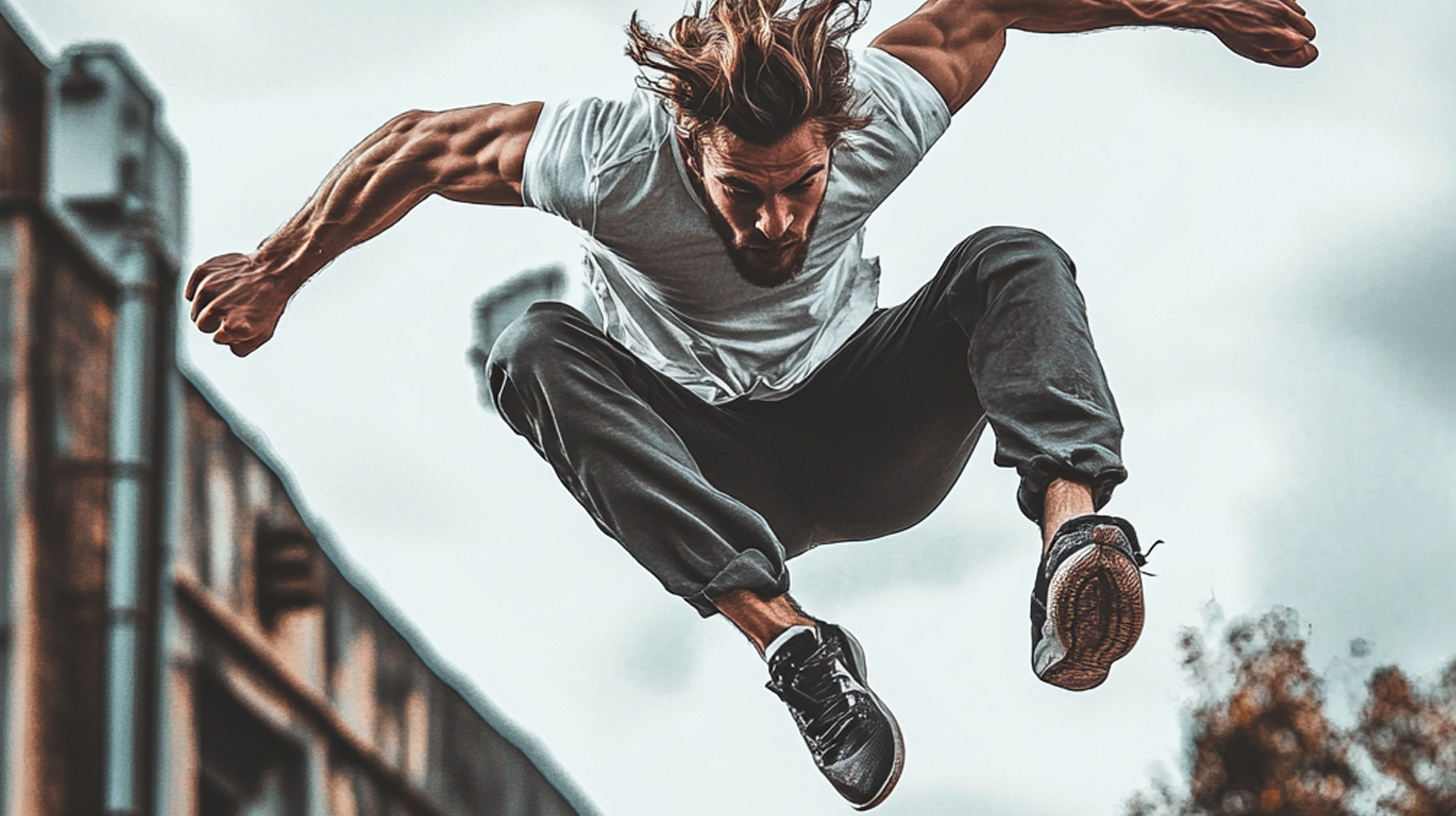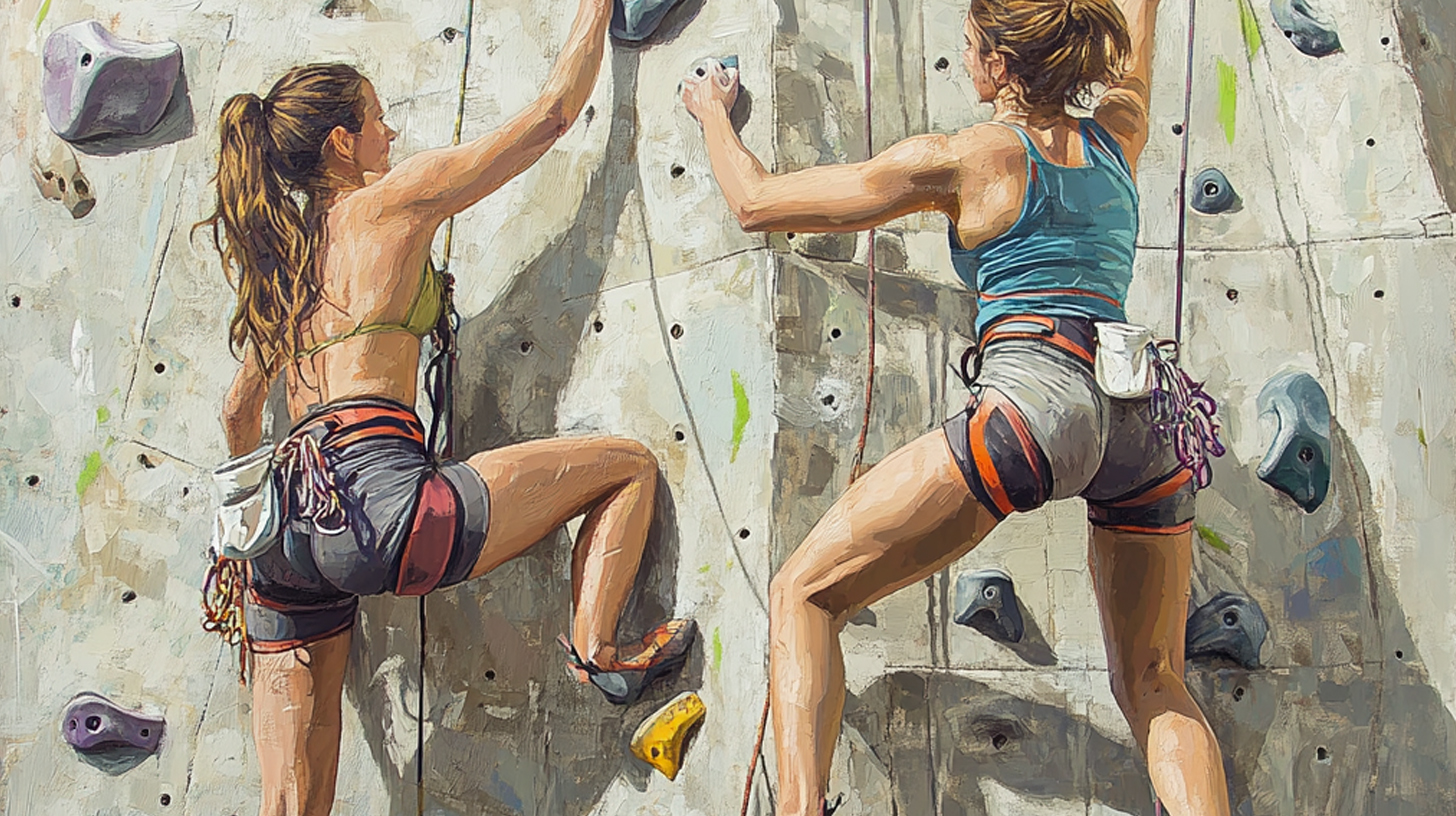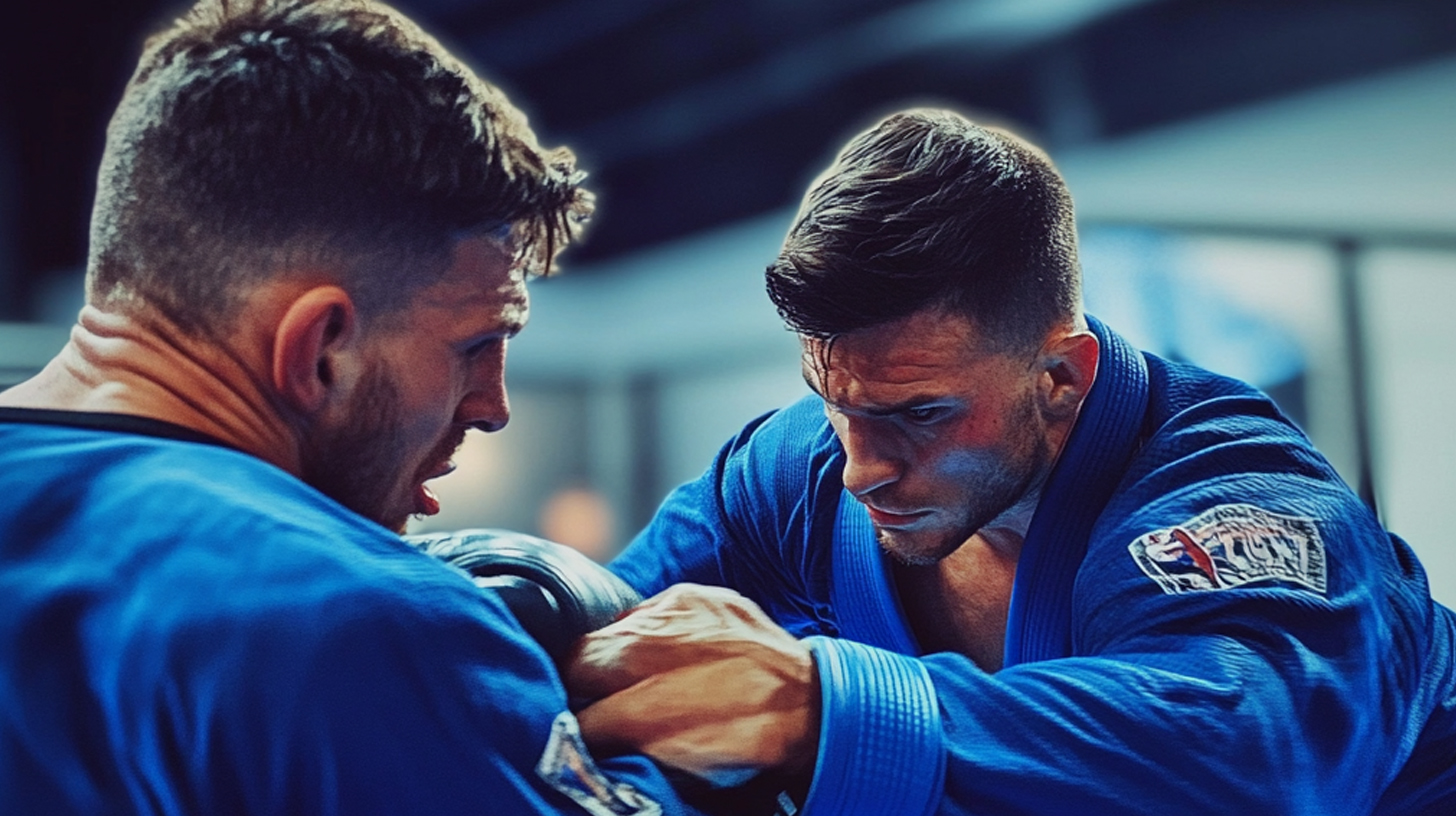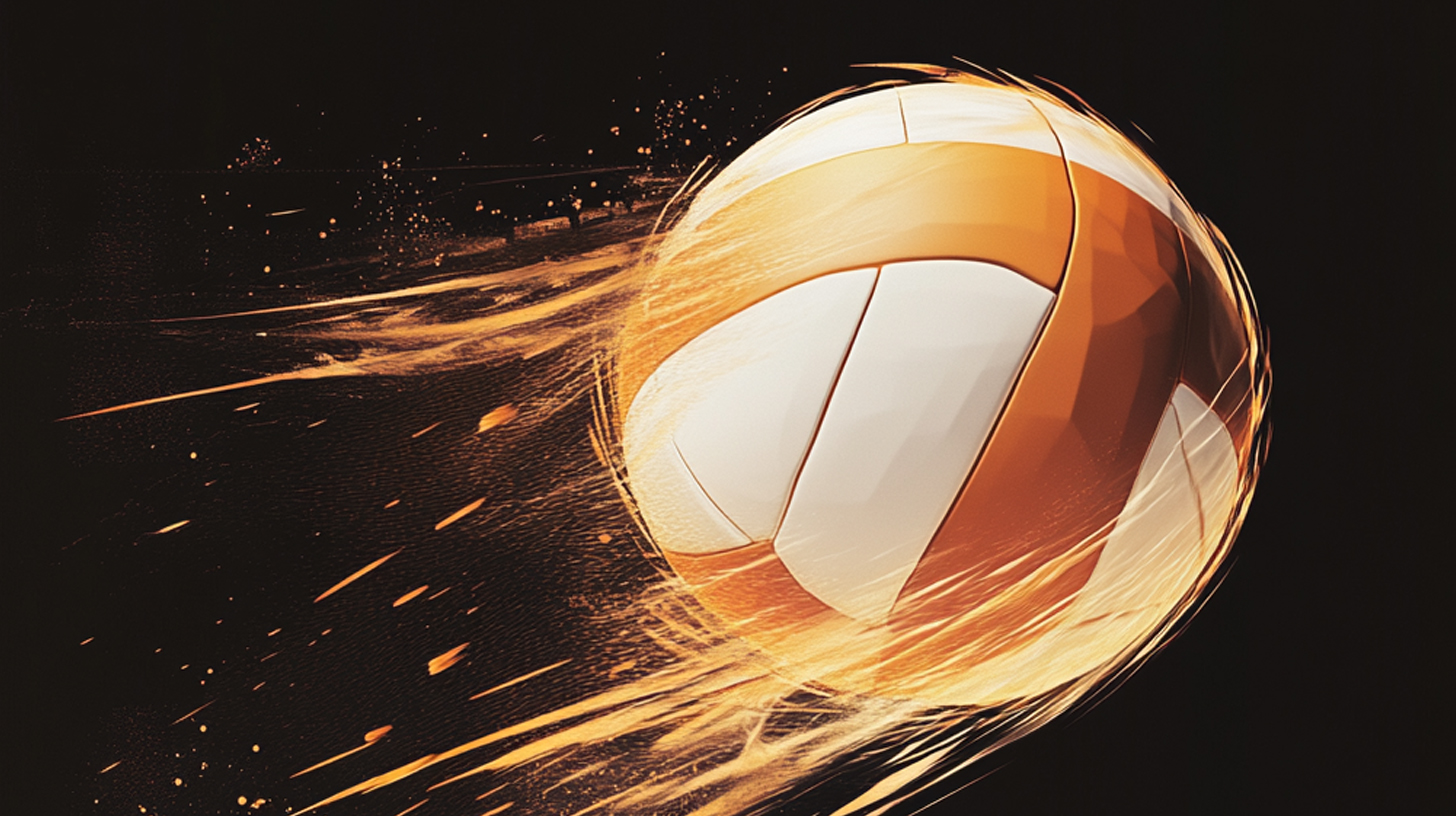Paddleboarding, often referred to as stand-up paddleboarding (SUP), has gained immense popularity in recent years, captivating enthusiasts of all ages with its unique blend of adventure and tranquility. As a water sport, it offers an engaging way to explore various aquatic environments while providing a full-body workout. But what exactly makes paddleboarding so unique?
At its core, paddleboarding basics involve standing on a large, buoyant board and using a long paddle to navigate through the water. Unlike traditional surfing that relies on waves for propulsion, SUP can be enjoyed on calm lakes, rivers, or even the ocean’s open waters. This versatility is one of the key aspects that sets it apart from other water sports.
One of the most appealing features of stand-up paddleboarding is its accessibility. Beginners can quickly grasp the fundamentals with minimal instruction and equipment. The boards are designed for stability, making it easier for newcomers to maintain balance while paddling at their own pace.
Beyond its simplicity and accessibility, SUP offers numerous health benefits. It engages core muscles as you balance on the board and requires strength in your arms and shoulders to propel yourself forward with each stroke. Additionally, it provides an excellent cardiovascular workout without putting excessive strain on joints.
Moreover, stand-up paddleboarding fosters a deep connection with nature. Whether you’re gliding across serene lakes or exploring coastal shorelines teeming with marine life, SUP allows you to experience your surroundings from a unique vantage point—standing atop crystal-clear waters beneath expansive skies.
In summary, what makes paddleboarding such a distinctive sport is its combination of simplicity and versatility—a perfect introduction into the world of water sports that promises both physical fitness and serene exploration opportunities for everyone who takes up this delightful activity.
The Physical and Mental Benefits of Paddleboarding
Paddleboarding, often referred to as SUP (Stand-Up Paddleboarding), is more than just a leisurely activity on the water; it’s a powerful workout that offers numerous physical and mental health benefits. As a fitness paddleboard workout, it engages multiple muscle groups simultaneously, providing a full-body workout on water. From your core to your arms and legs, every part of your body works in harmony to maintain balance and propel the board forward.
One of the key health benefits of paddleboarding is its ability to improve cardiovascular health. The continuous paddling motion increases heart rate and enhances endurance over time. Additionally, because balancing on the board requires engaging stabilizing muscles, it helps improve overall strength and coordination.
Beyond physical fitness, paddleboarding also offers significant mental health benefits. Being out on the water provides a serene environment that promotes relaxation and reduces stress levels. The rhythmic nature of paddling can be meditative, helping clear the mind and boost mood. Engaging with nature while exercising can enhance feelings of well-being and provide a sense of escape from daily pressures.
Incorporating paddleboarding into your routine not only diversifies your workouts but also enriches both body and mind with its comprehensive approach to fitness and mental rejuvenation. Whether you’re seeking an innovative way to stay fit or looking for peace amidst nature’s tranquility, paddleboarding delivers an experience that caters to both needs effectively.
Paddleboarding Techniques for Beginners to Advanced Riders
Paddleboarding is a versatile and exciting water sport that caters to all skill levels, from beginners just getting their feet wet to advanced riders looking to refine their techniques. For those starting out, mastering the basics is crucial. Beginner paddleboard tips include choosing the right board size for stability, learning how to hold the paddle correctly with one hand on the top of the handle and the other midway down, and practicing on calm waters. It’s important to start by kneeling on the board before attempting to stand up, which helps in understanding balance dynamics.
As you progress, improving balance on a board becomes key. Advanced SUP techniques involve refining your stance—keeping your feet shoulder-width apart and bending your knees slightly for better control. Learning how to paddleboard correctly also means understanding how to use your core muscles rather than relying solely on arm strength; this not only improves efficiency but also reduces fatigue.
For those looking to elevate their skills further, techniques such as pivot turns can be practiced by shifting weight towards the back of the board while using short strokes with the paddle for quick direction changes. Advanced riders often explore varied water conditions and incorporate tricks like cross-stepping or even riding waves.
Whether you’re paddling leisurely or challenging yourself in tougher waters, focusing on technique will enhance both performance and enjoyment on your paddleboarding journey.
The Essential Gear You Need for Paddleboarding Success
Embarking on a paddleboarding adventure is both exciting and rewarding, but to ensure success on the water, having the right gear is crucial. Let’s dive into the essential equipment that every paddleboarder should consider.
First and foremost, selecting the best SUP gear starts with choosing the right board. Your choice should be influenced by factors such as your skill level, body weight, and intended use—whether it’s for leisure paddling, yoga sessions, or racing. Beginners might prefer wider boards for stability, while more experienced paddlers could opt for narrower designs that offer speed and agility.
Equally important is selecting an appropriate paddle. The right paddle can make a significant difference in your performance and comfort on the water. Adjustable paddles are an excellent choice for those who share their board with others or want versatility in different conditions.
Safety equipment for paddling cannot be overlooked. A personal flotation device (PFD) is essential; it ensures you stay buoyant if you fall into the water. Additionally, wearing a leash keeps you connected to your board at all times—a vital safety feature in case of unexpected falls or strong currents.
Other stand-up paddleboard essentials include sun protection like hats and sunscreen to shield yourself from harmful UV rays during long hours on the water. Also consider investing in waterproof bags to keep your belongings dry.
By equipping yourself with these key pieces of gear, you’ll not only enhance your experience on the water but also ensure safety and enjoyment during every paddleboarding session.
Paddleboarding Locations: Exploring Beautiful Spots Around the World
Paddleboarding, or SUP (Stand-Up Paddleboarding), has become a favorite pastime for water enthusiasts around the globe. Whether you’re seeking serene waters or thrilling waves, there are countless scenic SUP destinations worldwide that cater to every paddler’s dream.
One of the top places to go paddleboarding is Lake Tahoe in the United States. Known for its crystal-clear waters and stunning mountain backdrop, it offers an unforgettable experience as you glide across its surface. For those looking to combine adventure travel with a board, head to Maui in Hawaii where you can paddle alongside sea turtles amidst vibrant coral reefs.
In Europe, Croatia’s Dalmatian Coast is a must-visit with its idyllic islands and historic coastal towns providing picturesque paddling routes. Meanwhile, Australia’s Gold Coast boasts local paddling spots near you that are perfect for both beginners and seasoned paddlers alike.
No matter where your travels take you, exploring these beautiful paddleboarding locations will undoubtedly enrich your adventure travel experiences and offer breathtaking views from unique vantage points on the water.
Paddleboard Yoga: Incorporating Mindfulness into Your Workout Routine
Paddleboard yoga, also known as SUP (Stand-Up Paddleboard) yoga, offers a unique way to incorporate mindfulness into your workout routine. This innovative practice combines the physical benefits of traditional yoga with the added challenge and tranquility of being on water. By practicing yoga on a paddleboard, you engage in a full-body workout that enhances balance, strength, and flexibility while surrounded by the calming influence of nature.
One of the primary benefits of SUP yoga is its ability to deepen mindfulness. The gentle rocking of the water encourages practitioners to focus intensely on their breath and movements, fostering a heightened sense of presence and awareness. This mindful approach not only enhances the physical aspects of your practice but also promotes mental clarity and stress reduction.
Combining yoga with paddling amplifies these benefits by providing cardiovascular exercise as you paddle to your practice spot. This dual workout routine helps improve endurance while maintaining core stability—essential for both paddling and performing poses on an unstable surface like a paddleboard.
Incorporating SUP yoga into your fitness regimen can transform your approach to exercise by emphasizing mindfulness on water exercises. It invites you to step out of your comfort zone, embrace nature’s elements, and find balance both physically and mentally in an ever-changing environment. Whether you’re seeking to diversify your workouts or enhance your mental well-being, paddleboard yoga offers an enriching experience that harmonizes body and mind.
The Challenge and Calmness of Paddleboarding Today!
Paddleboarding has become an increasingly popular water sport, offering both a challenge and a sense of tranquility to enthusiasts. One of the primary appeals of paddleboarding is its accessibility—people of all ages and skill levels can enjoy it. The challenge lies in maintaining balance on the board while navigating through different water conditions, which can range from calm lakes to choppy ocean waves. This physical aspect not only provides a great workout but also enhances core strength and stability.
Despite the physical demands, paddleboarding is also known for its calming effects. Being out on the water allows individuals to connect with nature, providing a peaceful escape from the hustle and bustle of everyday life. The rhythmic motion of paddling can be meditative, offering a unique opportunity for mindfulness and relaxation.
For those looking to start paddleboarding, it’s important to consider factors such as board size, type (inflatable or solid), and personal safety equipment like life vests. Beginners might find it helpful to take lessons or join group outings to build confidence and improve technique.
Overall, paddleboarding today presents both an invigorating challenge and a serene experience that continues to draw people seeking adventure as well as peace on the water.
